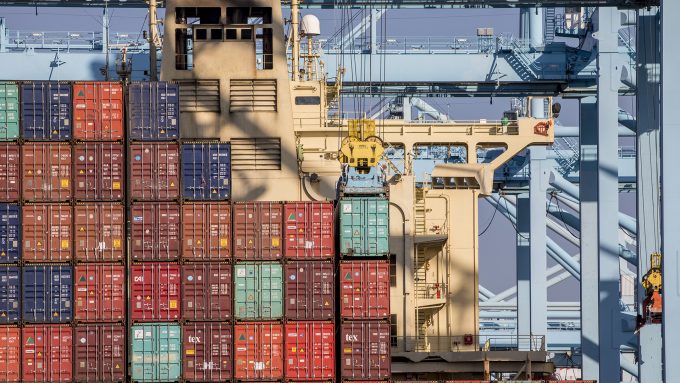Maersk vessel forced to omit Cape Town as congestion mounts
The port of Cape Town is facing significant congestion, which is set to worsen this ...

Container spot rates are falling below long-term contract rates and shippers will look to reopen negotiations with carriers if short-term rates further decline materially.
According to a customer survey conducted by freight rate benchmarking firm Xeneta, 71% of respondents said they would seek to renegotiate long-term contracts if the market changed significantly.
More worryingly for ocean carriers, 11% said they would be prepared to breach their contract and look for better deals and just 18% of respondents said they would continue with ...
Volcanic disruption at Anchorage could hit transpacific airfreight operations
Macron calls for ‘suspension’ – CMA CGM's $20bn US investment in doubt
Forwarders stay cool as US 'liberation day' tariffs threaten 'global trade war'
Shippers snap up airfreight capacity to US ahead of tariff deadline
De minimis exemption on shipments from China to the US will end in May
Tighter EU import requirements proving 'a challenge' for forwarders
Looming Trump tariffs will create 'a bureaucratic monster' for Customs

Comment on this article
Hans-Henrik Nielsen
June 17, 2022 at 3:43 pmEasy Tiger